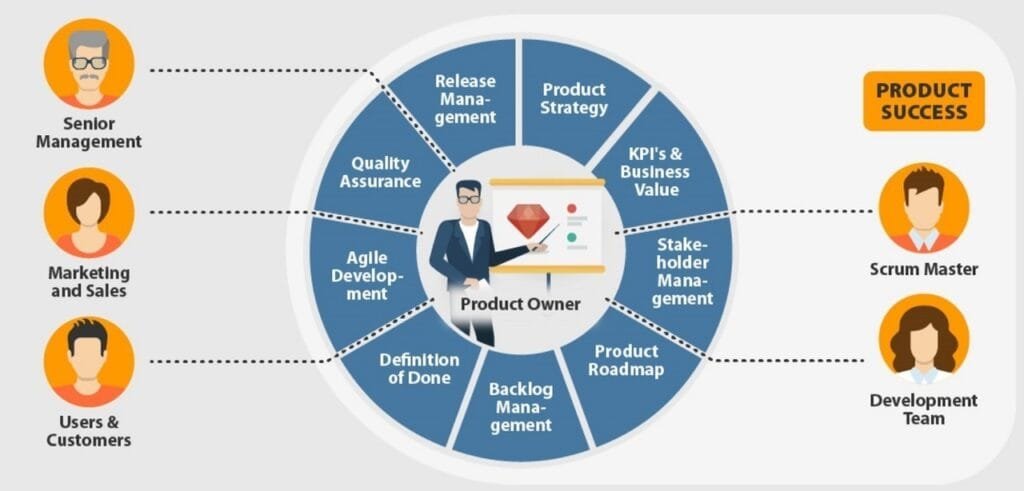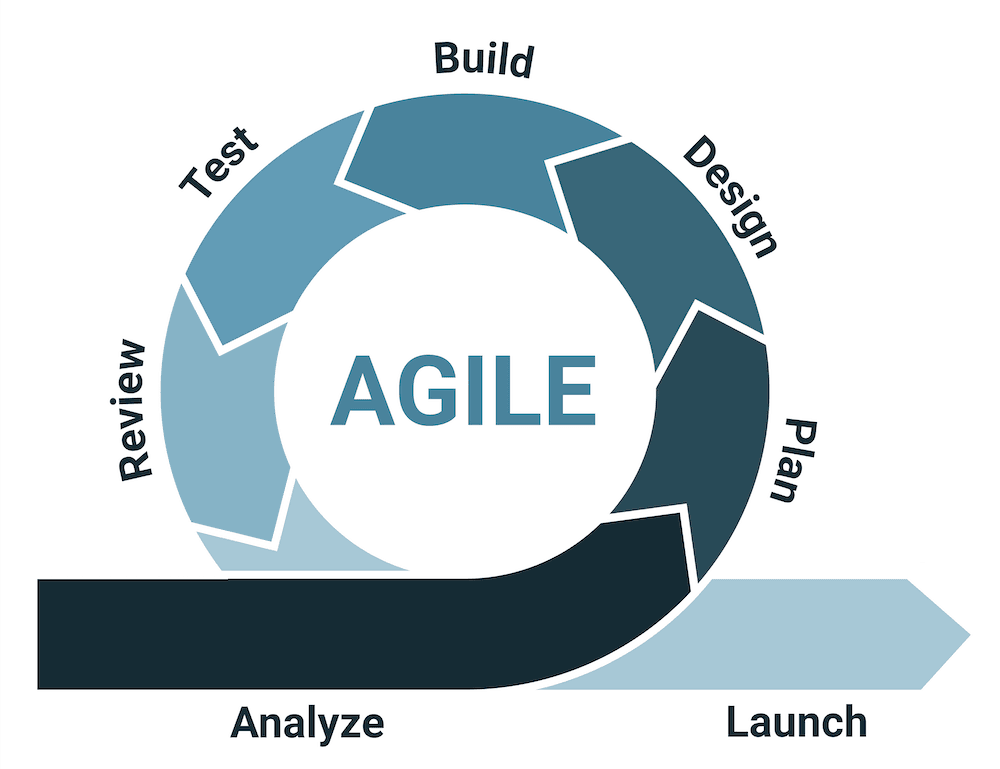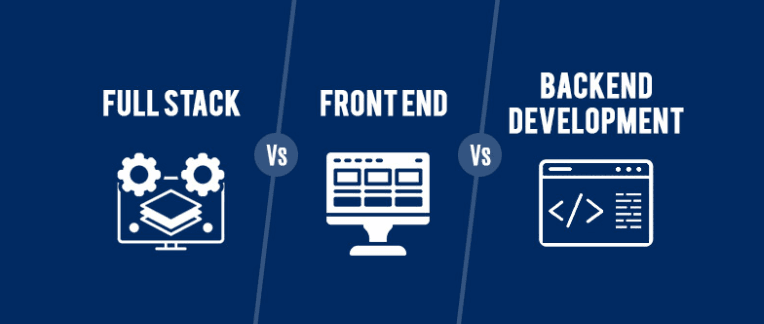What Is a Product Owner and What Are Their Key Roles and Responsibilities?

Are you curious as to what a product owner does. According to scrum techniques, a “Product Owner” is somebody who is a member of the business or key user team. An incremental approach to software development is used in the software development process known as Scrum. What features would be included in the product release is one of the Product Owner’s duties and responsibilities. Based on client needs, the product owner creates user stories and ranks them for the development team.
Who are the product owners?
In Scrum, a product owner is in charge of making sure a project is successful. To optimise the value of the product, the product owner is in charge of maintaining and improving the product backlog. Agile methodologies such as the Scrum framework help teams communicate and self-organize.
The scrum team includes a product owner. The creation of a product backlog and the definition of user stories are the main duties of a product owner. The customer’s main point of contact to identify the product needs for the development team is the product owner. A list of customer requests with a priority order will make up this product backlog. The whole burden and ownership of outlining and even ranking user needs falls on the Product Owner. To discuss the product features that will be implemented, the product owner must speak with the development team. The Product Owner must respond to any questions from the development team regarding important user needs.
The Product Owner’s job is to maximise the value that can be added to the products created by the Agile Scrum team.
The user stories must adhere to client needs, according to the product owner. For businesses that are eager to switch to an agile-based product development methodology, the Product Owner job is crucial. The Product Owner must cooperate and maintain close working relationships with a variety of stakeholders, including clients, corporate executives, development teams, project managers, and other parties.
Product owner roles and responsibilities
Product owners are crucial to Scrum because they act as a bridge between various organisational areas. This person interacts with business stakeholders and closely collaborates with Scrum teams. It is their role to keep all parts of the business updated about the status of a project.
Roles of Product Owners
A product owner is responsible for ensuring that the organisation receives the most value possible from the product development process. This basically entails working closely with the development team to make sure all of the product requirements are clearly stated and carried out on schedule. Along with the Scrum master and the development team, a Product Owner is an important member of the Scrum team. The Product Owner must make sure that the duties of the two roles do not conflict with one another because the scrum master’s obligations are distinct from those of the other.
A Product Owner’s and a Scrum Master’s differences
A Scrum Master and a Product Owner differ primarily in how they manage projects and communicate with key stakeholders. A Scrum Master is an authority on Agile methodology and practises. The development processes must follow Agile best practises, and a Scrum Master must make sure that all messages are conveyed correctly.
Agile and Scrum approaches value empathy highly. This is crucial for Product Owners and Scrum Masters to understand since they must inspire the team to collaborate while adhering to Agile practises.
Conclusion
In conclusion, a Product Owner needs to be knowledgeable about the business area and industry. A Product Owner must be well-versed in both business logic and the technical capabilities of the product in order to better comprehend client expectations and translate them into product requirements.
As the most significant function in guaranteeing the delivery of high-quality products while increasing product value in accordance with the product vision of the customer, a Product Owner is essential.





